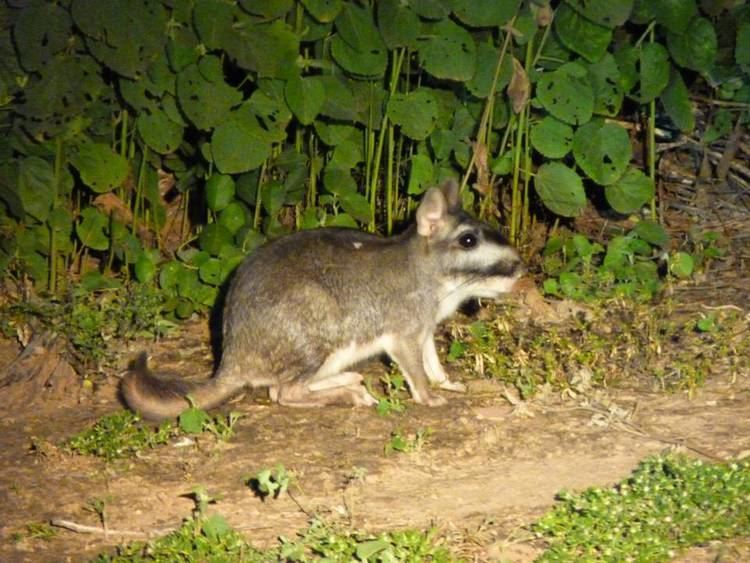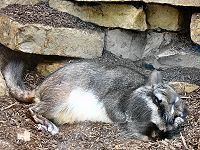Genus Lagostomus Phylum Chordata Rank Species | ||
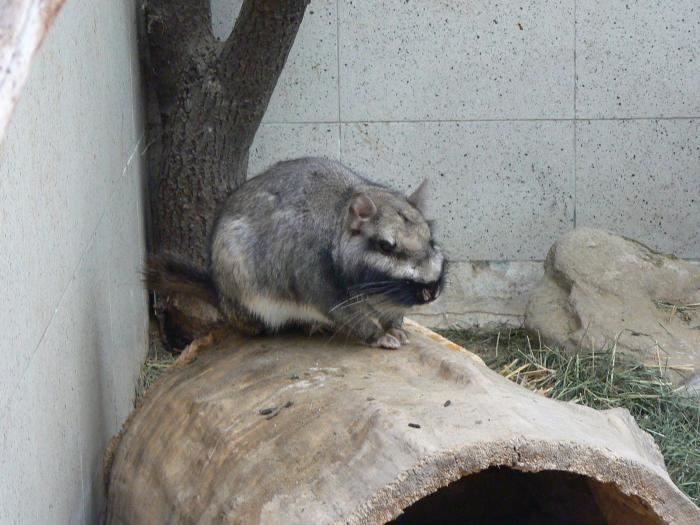 | ||
Similar Lagostomus, Southern viscacha, Lagidium, Chinchillidae, Northern viscacha | ||
The plains viscacha or plains vizcacha (Lagostomus maximus) is a species of rodents in the family Chinchillidae. It is the only living species within the genus Lagostomus. It is found in Argentina, Bolivia, and Paraguay. The plains viscacha is the largest species in its family. They construct elaborate burrows that house successive colonies for decades.
Contents
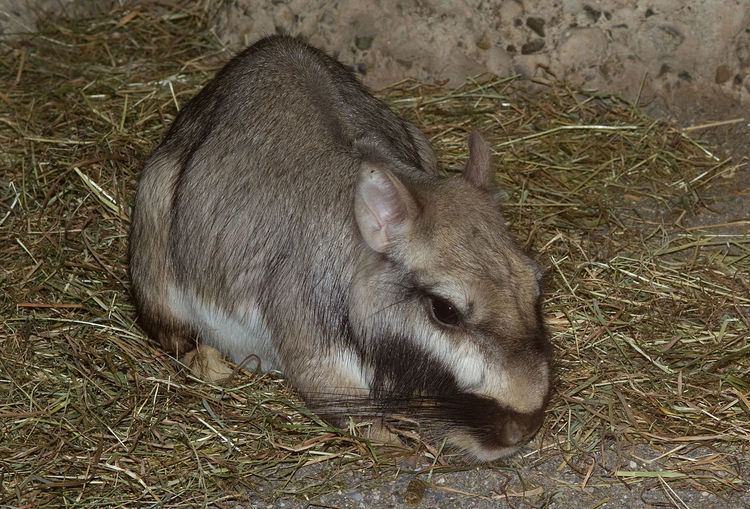
Waving plains viscacha
Appearance

The plains viscacha is a large rodent, weighing up to 9 kg. It has an average head and body length over 500 mm, with the tail usually a little less than 200 mm long. The dorsal pelage ranges from gray to brown, depending upon soil color, and the belly is whitish. Its head is bulky, and the face is black and white; males have distinctive black mustaches and stiff whiskers. Their fore feet have four toes, and the hind feet have three toes. The southern viscacha looks remarkably like a long-tailed rabbit. Soft dense fur covers its body, from the tips of its elongate ears to the end of its long, curled tail. The forelimbs are relatively short, while the contrastingly long and muscular hind limbs enable it run and jump with ease. The colour of its fur varies seasonally and with age, but generally the upperparts are grey to brown, with tints of cream and black, while the underparts are pale yellow or tan.
Ecology and behavior
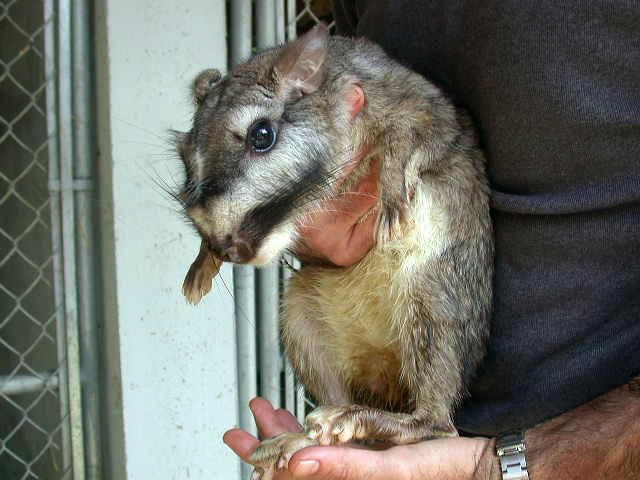
They live in communal burrow systems in groups containing one or more males, several females, and immatures. Viscachas forage in groups at night and aggregate underground during the day. All members of a group use burrows throughout the communal burrow system and participate in digging at the burrows. Alarm calls are given primarily by adult males. The long-term social unit of the plains viscacha is the female group. Resident males disappear each year and new males join groups of females. Vizcachas live in colonies that range from a few individuals to hundreds. To keep up with the colony chatter, they have acquired an impressive repertoire of vocalizations that are used in social interactions. Vizcachas are small mammals, but these vocalizations resonate with plenty of strength; it is no wonder they are known for their gregarious behavior. Dominance is absent among females. Members of a social group share a common foraging area around the communal burrow system, and feed on a variety of grasses and forbs, occasionally browsing on low shrubs.
Ovulation
Plains viscachas ovulate over 200 eggs per cycle (in comparison, humans usually only ovulate one egg per cycle).
Subspecies
The species subspecies include:
Conservation
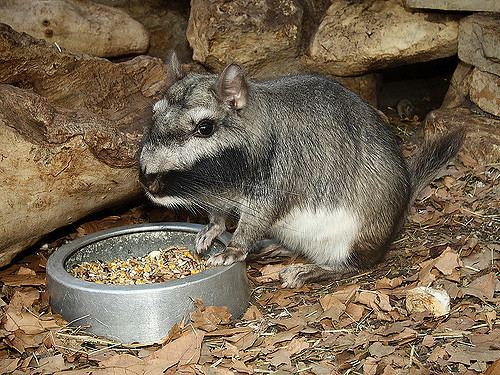
No known conservation measures are currently in place for the southern viscacha, but it does occur in several protected areas. Although hunting is not currently considered a major threat to this species, it needs to be monitored in case it starts to have a severe impact on the population.
